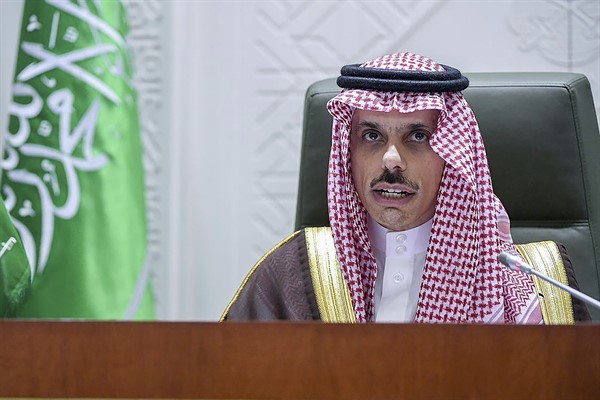April has been quite a dramatic month in Yemen, with the first major cease-fire reached between the government, the Houthis and other smaller combatant parties since the early stages of the war in 2015. Combined with a change in leadership among the Saudi-backed Yemeni government, the quieting of the guns, though temporary, could open a window of opportunity for resolving the conflict. But both developments also underscore the difficulty of ending a war that has resisted efforts to do so for years, with no relief in sight for the long-suffering civilians who are bearing most of its deadly cost.
The cease-fire—which began on April 2, the first day of Ramadan—was announced by the newly appointed United Nations special envoy, Hans Grundberg, who is tasked with brokering an end to the war. It marks the first real pause in fighting the conflict has seen in more than six years, and it offers the first serious test of the intensified round of diplomatic engagement on display over the past year among the Middle East’s competing regional powers. Saudi Arabia and the United Arab Emirates were the main architects of the war when it began in 2015. But since then, relations between the two Gulf Arab monarchies have become tense, with disagreement over a variety of regional and international policy issues. And while Abu Dhabi continues to be involved in the conflict, it has scaled down its role significantly compared to Riyadh, which is now the driving force in the war against the Iran-backed Houthis.
The cease-fire could open the way for a significant round of Ramadan diplomacy—but it could also give the belligerents an opportunity to regroup and rearm for another long period of intractable conflict.

